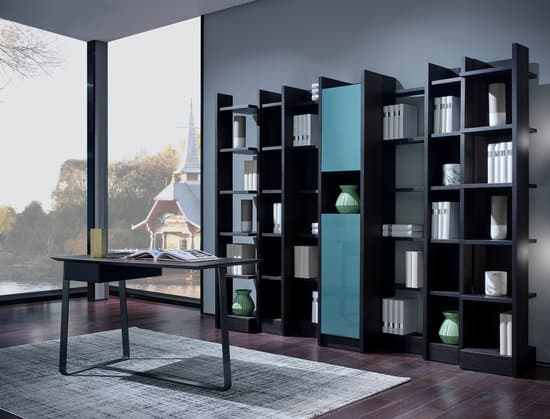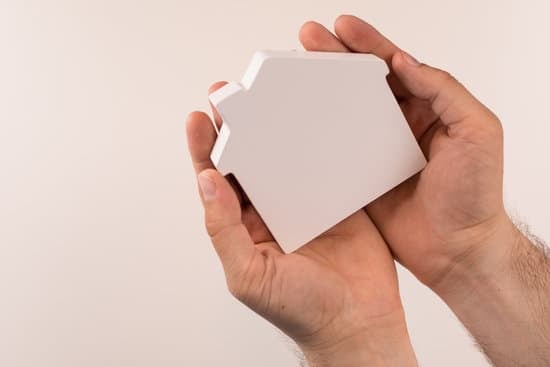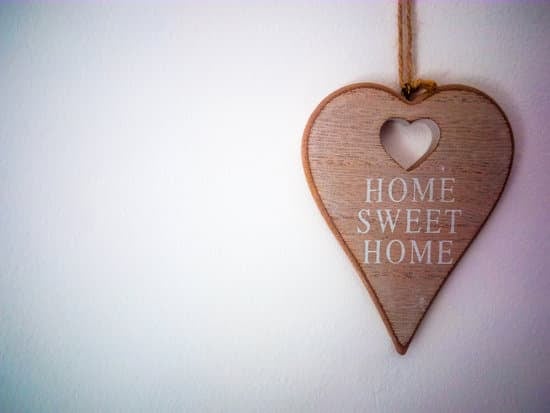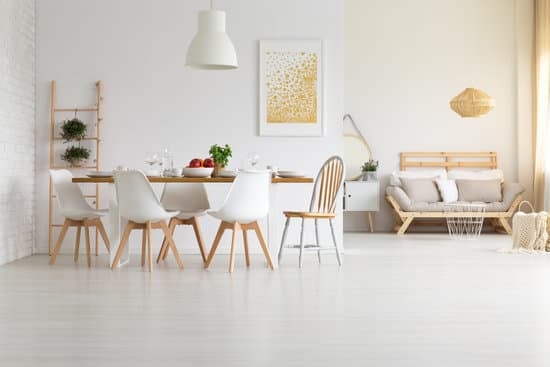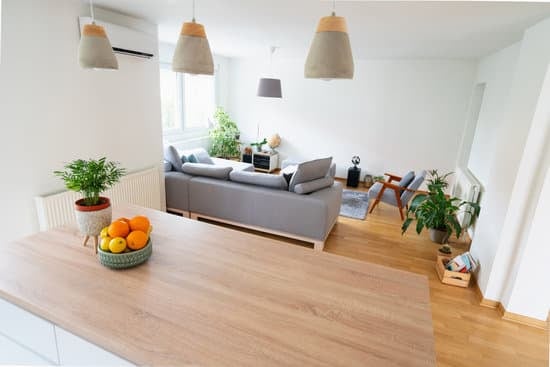Exploring the Use of Foliage in Baroque-Style Arrangements
Baroque-style arrangements are known for their opulent, elaborate and grandiose designs, typically featuring a wide variety of flowers, foliage, and other ornamental plants. In these arrangements, foliage is often used to fill in the gaps and add texture, depth, and contrast to the overall design. In this article, we will explore some of the most popular foliage used in Baroque-style arrangements.Popular Foliage for Baroque-Style Arrangements
The use of foliage in Baroque-style arrangements is not limited to a particular type or species. However, some foliage is more commonly used than others. In general, foliage with large leaves, bold patterns, and vibrant colors are favored in Baroque-style arrangements.Leaves of Flowers and Coleus
The leaves of flowers and coleus are popular foliage options for Baroque-style arrangements due to their ornamental value. These leaves are colorful, vibrant, and often feature intricate patterns that add depth and texture to the arrangement. Flowers such as hydrangeas, peonies, and roses are often used in Baroque-style arrangements for their foliage. Key Point: When selecting leaves from flowers and coleus, it’s important to consider the color scheme of the arrangement to ensure that the foliage complements the other elements.Olive Leaves and Stems
Olive leaves and stems are another popular foliage option for Baroque-style arrangements. These leaves have a unique texture and are often used to add depth and contrast to the arrangement. The stems are also flexible, making them easy to manipulate into different shapes or forms to fit the overall design.- Olive leaves are often used in Baroque-style arrangements to add a touch of greenery and to break up the dominance of floral elements in the design.
- The natural curves and lines of olive stems make them ideal for creating flowing or cascading arrangements.
Large and Bold Leaves from Castor Bean
Castor bean plants have large and bold leaves that make them a popular foliage option for Baroque-style arrangements. These leaves are typically dark green or purplish, and they have a unique texture that makes them stand out. Castor bean leaves are also appreciated for their longevity and durability, making them a reliable choice for long-lasting arrangements. Key Point: Castor bean leaves should be used sparingly, as their toxicity can be harmful to humans and animals if ingested.Hosta Leaves for Baroque-Style Arrangements
Hosta leaves are a favorite foliage choice for many Baroque-style arrangement designers. These leaves are large, bold, and feature a unique texture that adds depth and contrast to the arrangement. Hosta leaves come in a wide variety of colors, including green, blue, yellow, and variegated, providing endless options to create stunning designs.- Hosta leaves can be used as filler foliage or as a centerpiece in the arrangement to add a touch of drama and grandeur.
- The variegated leaves of Hosta can help to complement other elements of the arrangement, such as flowers or ornamental grasses.









